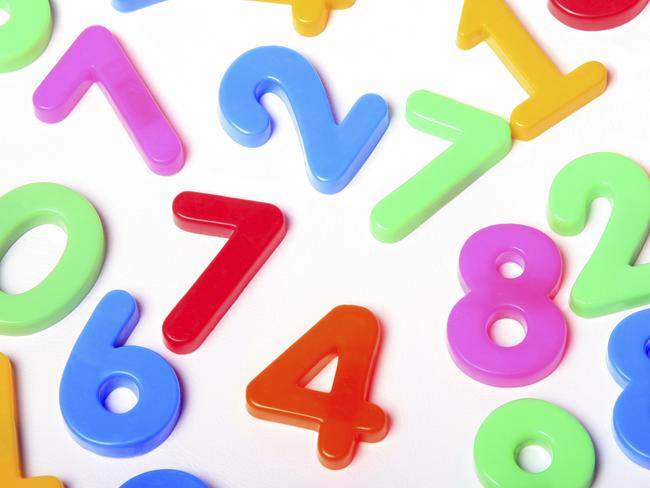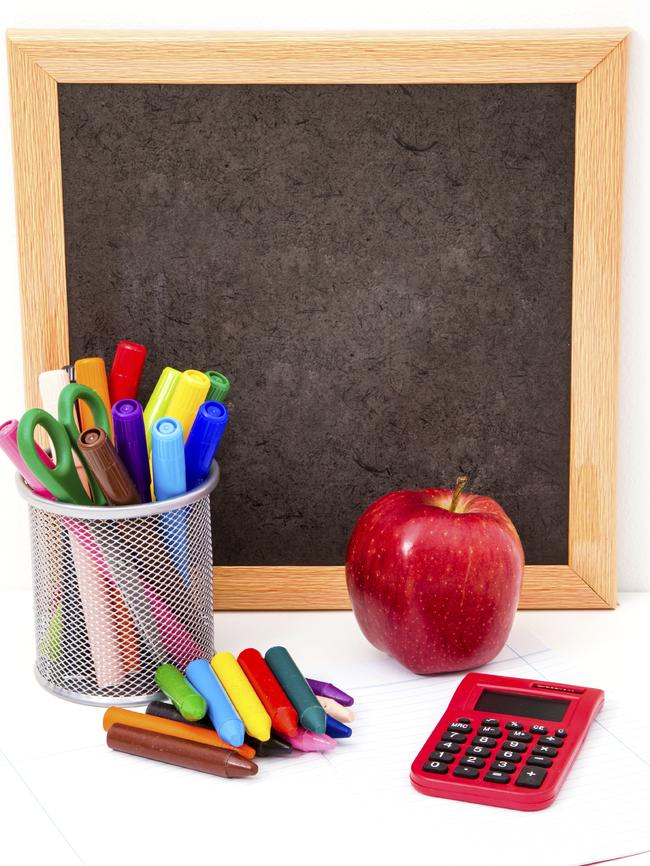What should your child be learning at school?
ANOTHER school year has begun and for many parents, that means keeping track of what their children are learning so they can support them at home. So what should they be learning this year?

NSW
Don't miss out on the headlines from NSW. Followed categories will be added to My News.
- Government axes Islamic school funding
- Police get set for school zone blitz
- Only lunatics are sad their kids are back at school
ANOTHER school year has begun and for many parents, that means keeping track of what their children are learning so they can support them at home.
So what will your child be learning this year?
While NSW schools have joined with the federal government to create a new national curriculum with agreed content, not all classes are the same as teachers tailor lessons to suit their students.
The following is a grade by grade guide for the basic learning stages in maths in NSW schools.
KINDERGARTEN
● connect numbers, their names and quantities up to 20
● count numbers in sequences up to 20, continue patterns and compare lengths of objects
● use materials to model problems, sort objects and discuss answers
● group and sort shapes and objects
● connect events with days of the week

YEARS 1/2
● describe number sequences and locate numbers on a number line
● represent simple fractions using pictures
● learn about Australian money
● describe and draw shapes and objects, and use units to measure length
● learn to tell the time from an analogue clock, and use a calendar to determine the date
● describe the outcome of a chance event
● collect and investigate data collected from simple problems
YEARS 3/4

● choose strategies to add, subtract, multiply and divide
● represent the value of money and make simple calculations
● recall multiplication facts
● represent fractions on a number line
● explore addition, subtraction and multiplication number patterns
● measure temperatures, lengths, shapes and objects
● solve problems involving time, and read maps
● create symmetrical shapes and classify angles
● construct graphs and list a likelihood of events
YEARS 5/6
● place positive and negative numbers on a number line
● add and subtract fractions and decimals
● compare and interpret statistical graphs
● convert between 12- and 24-hour time and interpret timetables
● continue and create sequences, involving whole numbers, fractions and decimals, and describe rules
● measure length, area, volume, capacity and mass, and calculate perimeter and area of rectangles
● list outcomes of chance experiments
● apply fractions, decimals, percentages, angles and measurements to solve problems
● explain mental strategies for calculations
● pose appropriate questions for statistical investigations

YEARS 7/8
● connect the known properties of arithmetic with the study of algebra
● develop simple logical geometric arguments
● find estimates of means and proportions of populations
● compare prices of products packaged in different quantities
● represent simple algebraic relations by graphs
● calculate areas of shapes and volumes of simple solids
● apply ratios and interpret statistical graphs
● calculate accurately with positive and negative numbers
YEARS 9/10
● compare simple and compound interest
● model practical situations involving surface areas and volumes
● solve problems involving right-angle trigonometry
● calculate areas of shapes and volumes of simple solids
● apply ratio and scale factors to similar figures
● formulate geometric proofs
● interpret and compare datasets in statistics
● explain the use of relative frequencies to estimate probabilities
Source: The Australian Curriculum, Assessment and Reporting Authority
Originally published as What should your child be learning at school?


